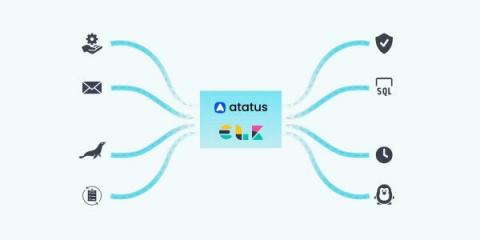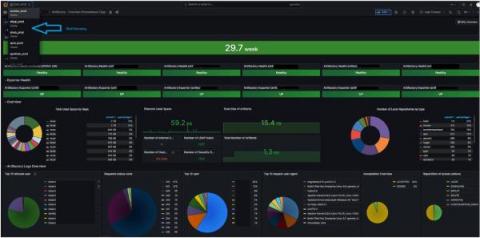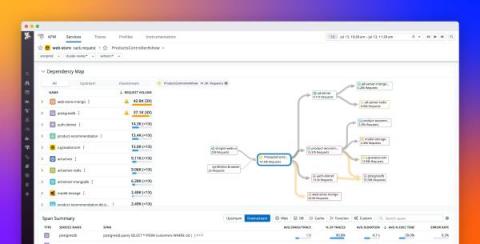Operations | Monitoring | ITSM | DevOps | Cloud
Blog
Understanding the SEO Benefits of Implementing a Web Application Firewall
The Invisible Threat: Understanding Domain Hijacking and Its Consequences
Did you notice when we announced the new domain expiration monitoring feature? Read on to see how it might come in handy to you. Domain names are the equivalent of real estate. But the right domain name can also be a money powerhouse. You probably paid as little as $20 for your domain name, but the biggest names out there cost a lot more than that. Trailing behind are: Shocking, isn’t it?
Why a hyperautomation strategy requires upskilling workers
In a fast-evolving world, adopting a hyperautomation strategy is the best way to future-proof your workplace. But how does hyperautomation affect your workforce, and what will it mean for the future of your business? Hyperautomation is the combination of intelligent technologies to expand automation. It incorporates AI, machine learning, robotic process automation (RPA), integration, document processing, and more.
OpenTelemetry vs Prometheus
Relational Databases: Exploring Indexes and Transactions
Indexes serve as the key to unlocking the immense potential of relational databases, enabling swift and optimized data access. They act as a roadmap, allowing the database engine to locate specific data quickly, ultimately enhancing query performance. Understanding the nuances of indexes and employing the appropriate indexing techniques can significantly impact the efficiency of a database system.
14 Critical Log Files You Need to Monitor for System Security
In the realm of Linux system administration, monitoring log files is essential for maintaining a healthy and secure environment. Linux distributions generate a multitude of log files that capture crucial information about system events, errors, and user activities. These log files act as a silent witness, providing valuable insights into the inner workings of a Linux system.
How Worldline uses Grafana Enterprise and Grafana Mimir to run its platform-as-a-service at a global scale
According to the World Bank, two-thirds of adults around the globe currently make or receive digital payments. Businesses have come to expect quick, reliable processing, and one company at the forefront of that is Worldline. The global payment service provider (PSP) is a leading payment processor and payment provider in Europe, with about 3.4 billion e-commerce transactions made in 2022.
Without automated workflows, your team is missing out on efficiency improvements
Every team has a workflow, even if it’s chaotic or lacks consistency. It’s a no-brainer, though, that in the fast-paced world of software development, a clear and well-defined path to guide your work is essential to move efficiently. Workflows provide just that — the structure and framework that developers need to streamline their processes, collaborate effectively, and optimize productivity.
Pinpoint performance issues in downstream services with the Dependency Map Navigator
Visibility into the upstream and downstream dependencies of your services is key to maintaining a performant microservices environment. Application developers and SREs rely on this visibility to quickly trace issues back to the source, which is essential during incidents—when time is of the essence—throughout day-to-day operations, and as systems evolve and scale.











